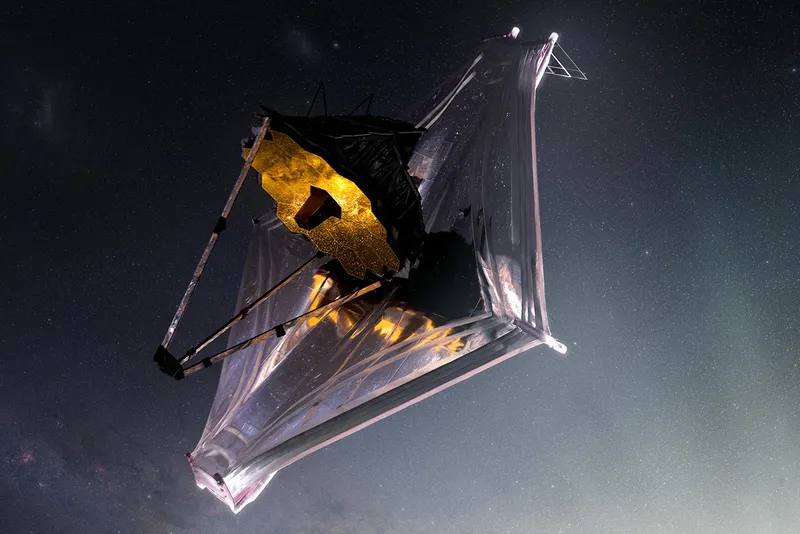Water-rich, Earth-like planets could form in some of the most extreme stellar nurseries in the Galaxy, a new study has found.
Our Sun is thought to have grown in a stellar nursery where several high-mass stars were also born.
Massive stars emit a great amount of ultraviolet radiation that would push the gas and dust around in the planetary discs of nearby stars, potentially preventing rocky planets like ours from forming.
Astronomers have been unable to investigate this further, however, as planet-forming discs have so far only been found in regions where no massive stars are being born.
Now, the James Webb Space Telescope has been able to uncover the first planetary disc, XUE-1, in such a region.
How the James Webb Space Telescope studies exoplanets

"We found an abundance of water, carbon monoxide, carbon dioxide, hydrogen cyanide and acetylene in the innermost regions of XUE-1," says Maria Ramírez-Tannus from the University of Chicago, who led the international team behind the study.
The team also found silicate dust, suggesting that, despite the extreme conditions, rocky exoplanets are forming.
"This result is unexpected and exciting," says Ramírez-Tannus. "It shows that there are favourable conditions to form Earth-like planets and the ingredients for life even in the harshest environments in our Galaxy.”
